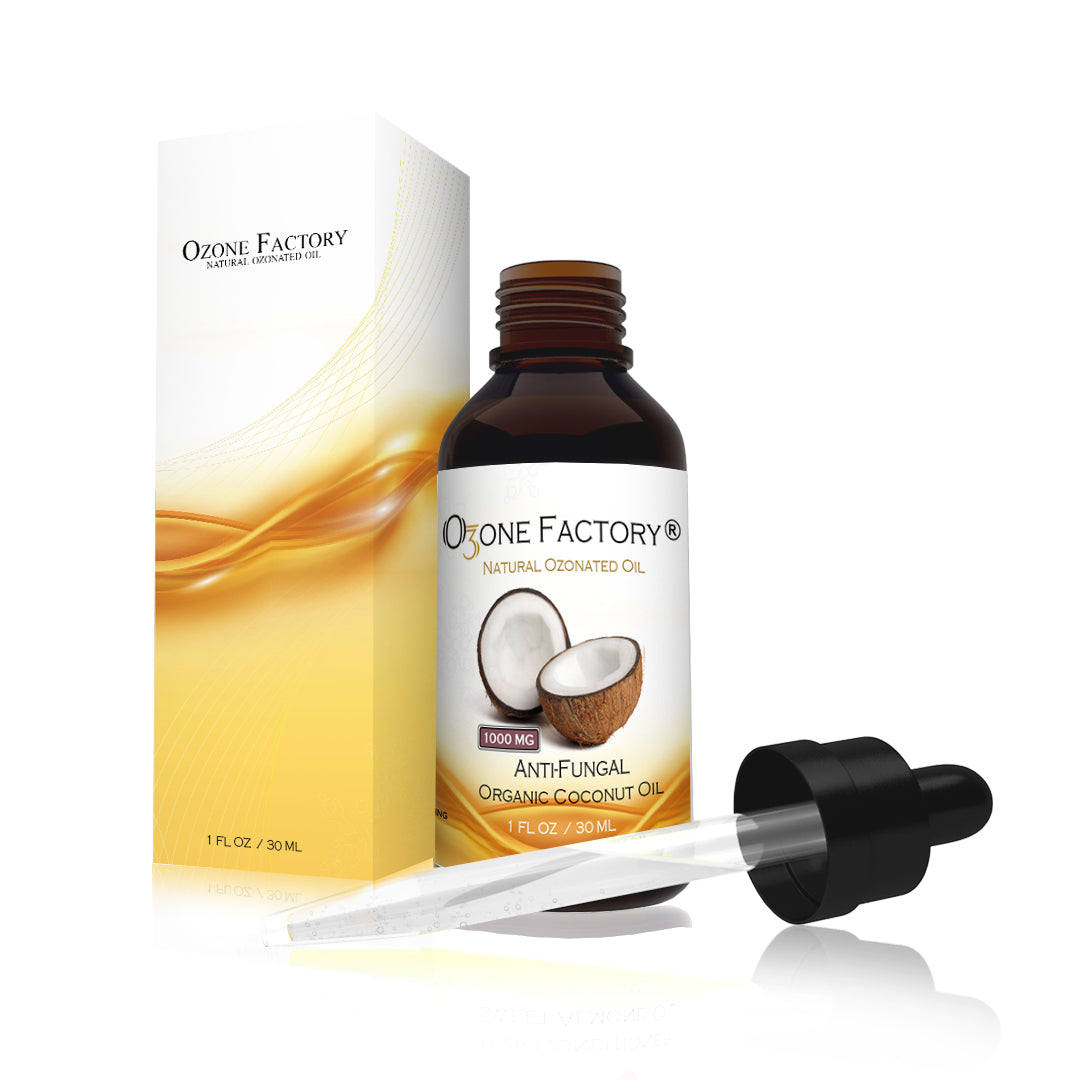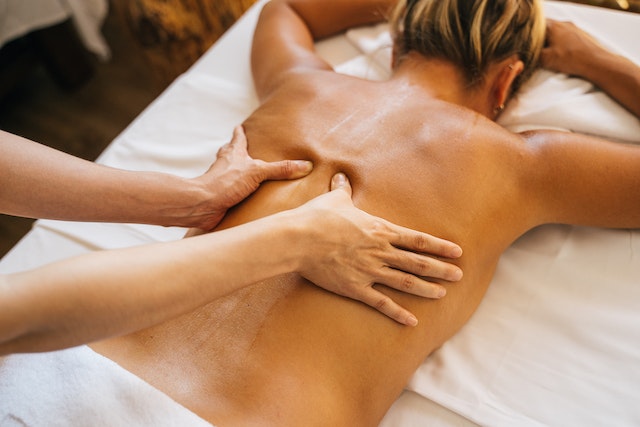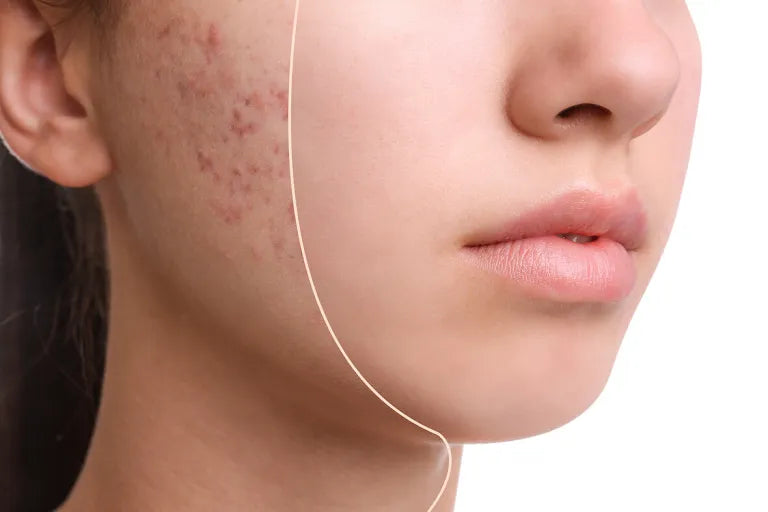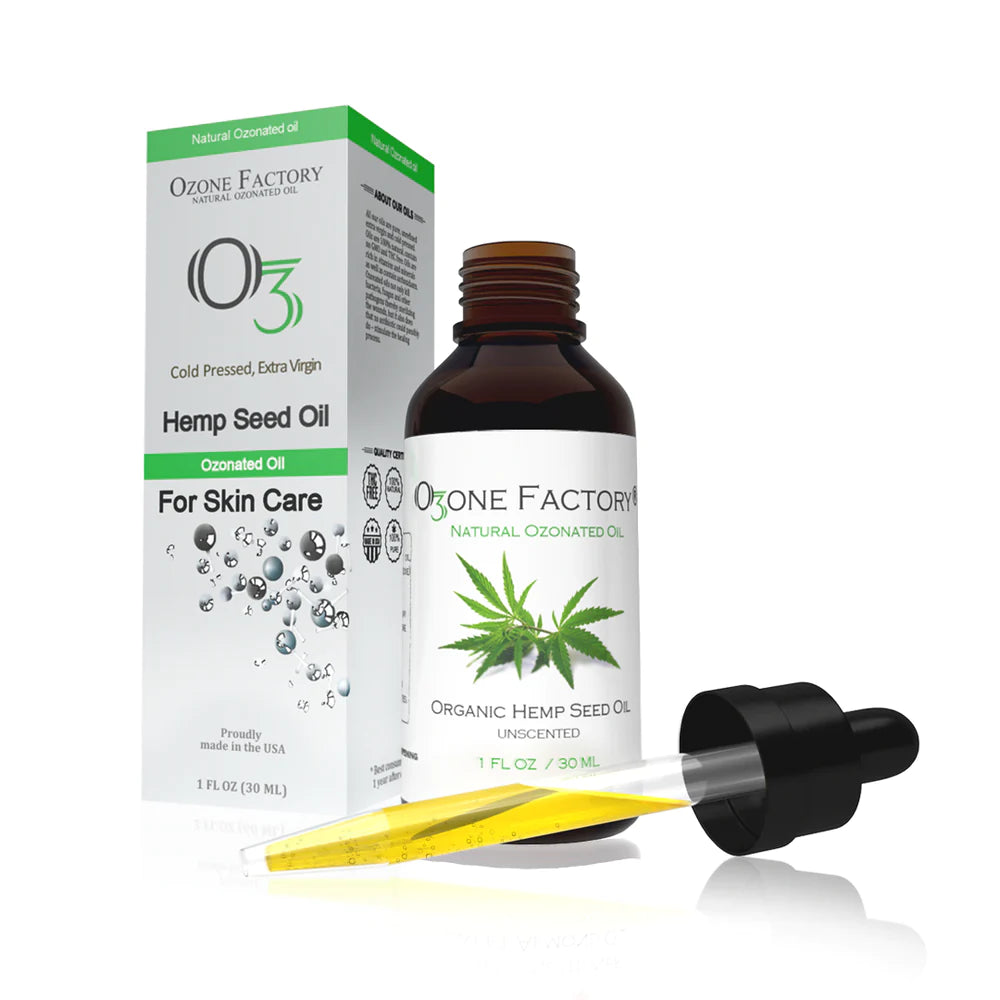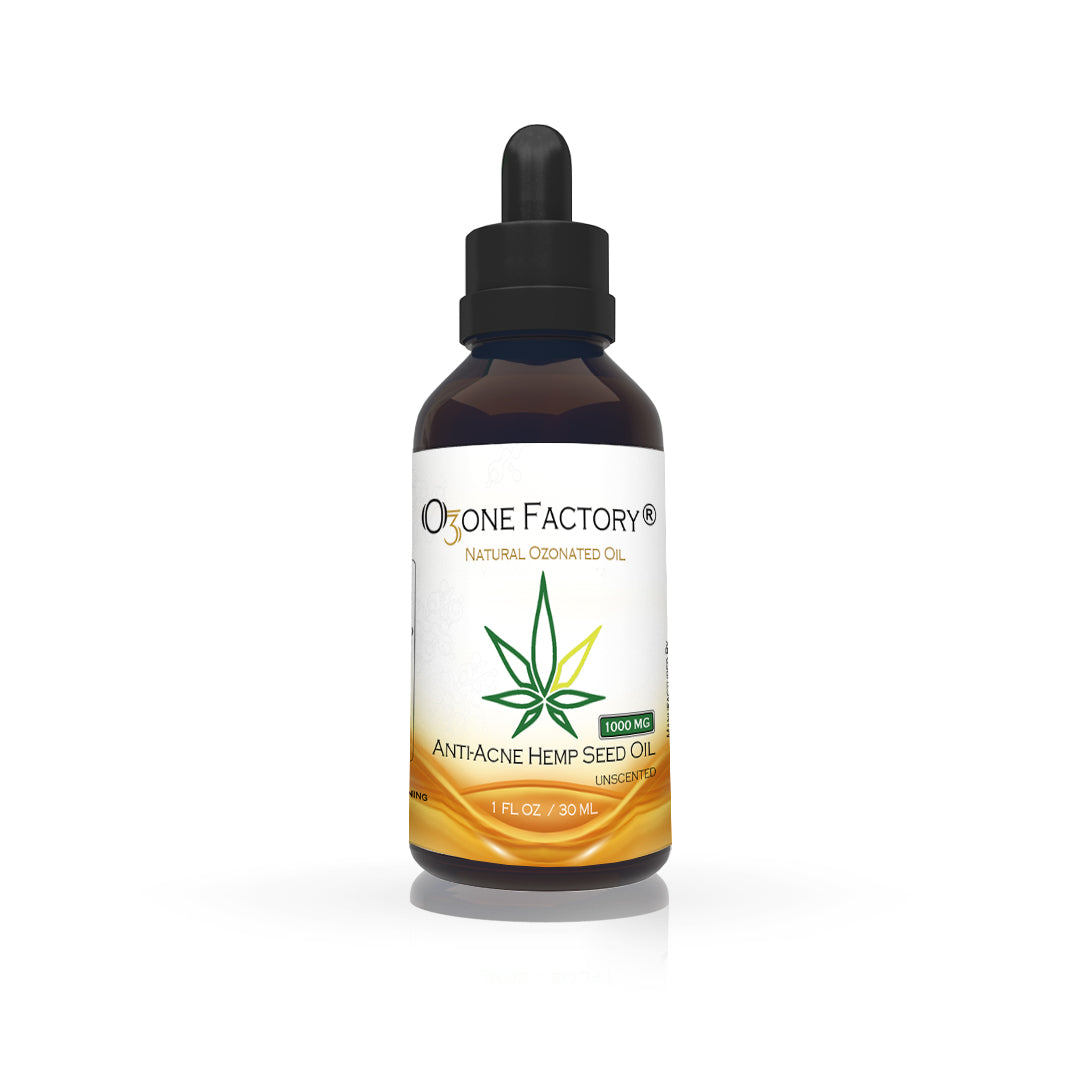
Keratosis pilaris (KP) is a common skin condition that is characterized by small, rough, raised bumps on the skin, typically on the upper arms, thighs, buttocks, and sometimes on the face. The bumps may be skin-colored, red, or white, and they often have a sandpaper-like texture.
Why Does Keratosis Pilaris Appear?
Keratosis pilaris occurs when the skin produces too much keratin, a protein that forms the outer layer of skin. This excess keratin builds up and plugs hair follicles, causing the bumps to form. The condition is typically harmless and doesn't usually cause any symptoms, although in some cases the skin may become itchy or inflamed.
Keratosis pilaris is most commonly seen in children and teenagers, and tends to improve or resolve on its own as they get older. However, it can persist into adulthood and may require treatment to improve the appearance of the skin.

What are the causes of Keratosis Pilaris?
The exact causes of keratosis pilaris are not fully understood, but it is believed to be related to a combination of genetic and environmental factors. Here are some of the potential causes of KP:
- Genetic factors: Keratosis pilaris tends to run in families, and it is thought to be an autosomal dominant condition, which means that a child has a 50% chance of inheriting the condition if one parent has it.
- Abnormal keratinization: KP is thought to be caused by an overproduction of keratin, a protein that forms the outer layer of skin. This excess keratin can plug hair follicles, causing the bumps to form.
- Dry skin: Dry skin can exacerbate KP symptoms, as it can cause the skin to become rough and scaly.
- Hormonal changes: KP may worsen during puberty or pregnancy, when hormone levels are fluctuating.
- Other medical conditions: KP has been associated with certain medical conditions, such as atopic dermatitis and ichthyosis vulgaris.
- Environmental factors: Certain environmental factors, such as cold, dry weather or exposure to certain chemicals, may exacerbate KP symptoms.

What are the symptoms of keratosis pilaris?
The primary symptom of keratosis pilaris (KP) is the appearance of small, raised bumps on the skin, usually on the outer upper arms, thighs, buttocks, and sometimes the cheeks or forehead. The bumps may be skin-colored or slightly reddish, and they can feel rough or sandpaper-like to the touch. Other symptoms may include:
- Itching: The bumps may be itchy, especially during dry weather.
- Dry skin: The skin may feel dry or rough in the areas affected by KP.
- Inflammation: The bumps may become inflamed or irritated, causing redness and swelling.
- Scaly patches: In severe cases, KP can lead to the formation of scaly patches of skin.

Keratosis pilaris is generally harmless and does not cause pain or discomfort, but it can be a cosmetic concern for some people.
Ozonated Olive Oil Scrub for Keratosis Pilaris
While there is no cure for keratosis pilaris, there are ways to manage the symptoms, including using a homemade scrub with olive oil.
Ozonated olive oil is a natural emollient, which means it helps to soften and moisturize the skin. When used as part of a scrub, it can help to exfoliate the skin and remove dead skin cells, which can reduce the appearance of KP bumps.
To make a scrub with olive oil, you will need:
- 1/2 cup of granulated sugar
- 1/2 cup of brown sugar
- 1/2 cup of ozonated olive oil
- 1-2 drops of your favorite essential oil (optional)
To prepare the scrub, follow these steps:
- In a mixing bowl, combine the granulated sugar and brown sugar.
- Slowly add in the ozonated olive oil, stirring constantly, until you have a thick paste.
- Add in 1-2 drops of your favorite essential oil if desired, and mix well.
- Store the scrub in a jar with a tight-fitting lid.
To use the scrub, follow these steps:
- Wet your skin with warm water.
- Apply a small amount of the scrub to the affected areas and massage gently in circular motions for 1-2 minutes.
- Rinse off the scrub with warm water.
- Pat your skin dry with a clean towel.
- Apply a moisturizer to keep your skin hydrated.

It is important to note that this scrub should only be used once or twice a week to avoid over-exfoliating the skin, which can cause irritation and make keratosis pilaris worse. In addition, if you have sensitive skin, you may want to test the scrub on a small area of skin first to make sure it doesn't cause any irritation.
In addition to using a scrub with ozonated olive oil, there are other steps you can take to manage the symptoms of keratosis pilaris, such as keeping your skin well-moisturized, avoiding hot water, and wearing loose-fitting, breathable clothing. If your keratosis pilaris symptoms are severe or causing discomfort, it is important to consult with a dermatologist, who can recommend a treatment plan tailored to your specific needs.


